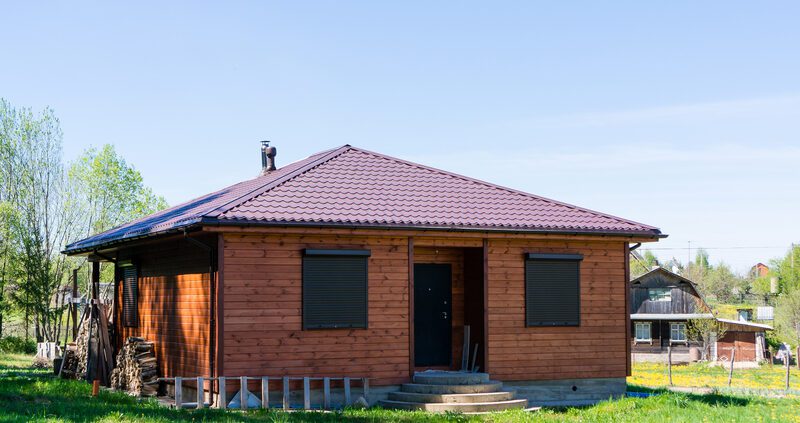How to Make a New Construction Home More Green
Building a new construction home gives you the opportunity to create a space that not only meets your needs but also contributes to a greener and more sustainable future. By incorporating eco-friendly practices and materials into your construction plans, you can make a significant impact on the environment. Here are three essential ways to make a new construction home more green.
Use Recycled Materials
One of the key ways to reduce the environmental impact of your new construction home is by using recycled materials. Incorporating recycled materials not only helps reduce waste but also saves valuable resources. When building your home, consider using recycled materials for various components, such as roofing, insulation, flooring, and countertops. Recycled steel, for instance, can be used for structural support, offering a durable and eco-friendly alternative. Reclaimed wood from old barns or buildings can be repurposed for flooring or decorative elements, adding character and sustainability to your home. By opting for recycled materials, you can minimize the demand for new resources and contribute to a more sustainable construction industry.
Build it Smaller
When designing your new construction home, consider building it smaller to reduce your environmental footprint. Larger homes consume far more resources which show up on higher utility bills. By constructing a smaller, more efficient space, you can reduce energy consumption and conserve valuable resources. A smaller home requires less energy for heating and cooling, resulting in lower energy bills and reduced greenhouse gas emissions. Emphasize functional design and optimize the use of space to ensure that every square foot serves a purpose. This approach not only benefits the environment but also promotes a simpler and more sustainable lifestyle.
Build According to LEED Standards
Another effective way to make your new construction home greener is to build it according to LEED (Leadership in Energy and Environmental Design) standards. LEED is a globally recognized certification program that focuses on sustainable building practices and environmental performance. Designing your home according to LEED standards involves incorporating features that minimize energy consumption, promote water efficiency, and enhance indoor environmental quality. This can include the installation of energy-efficient appliances, high-performance windows, and low-flow fixtures. Incorporating renewable energy sources such as solar panels can further reduce your carbon footprint. LEED-certified homes are not only environmentally friendly but also offer benefits such as improved air quality, reduced maintenance costs, and increased resale value. By aiming for LEED certification, you can ensure that your new construction home meets rigorous sustainability standards and makes a positive impact on the environment.
Building a new construction home provides an opportunity to create a space that is not only comfortable and functional but also environmentally friendly. By incorporating recycled materials, building smaller, and adhering to LEED standards, you can make your home more green and contribute to a sustainable future. These practices not only benefit the environment but also result in cost savings and improved quality of life. So, if you’re embarking on a new construction project, consider these eco-friendly approaches to build a greener home for yourself and future generations to come.
Did You Enjoy Reading This Article? Here’s More to Read: Why Kitchen Projects Are the Most Popular Renovations.




